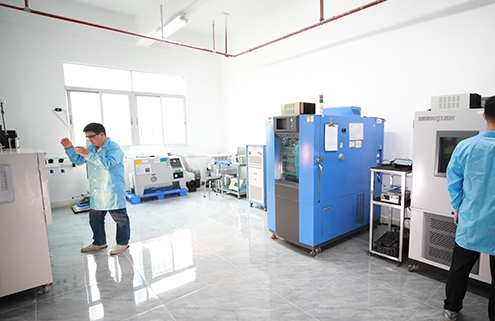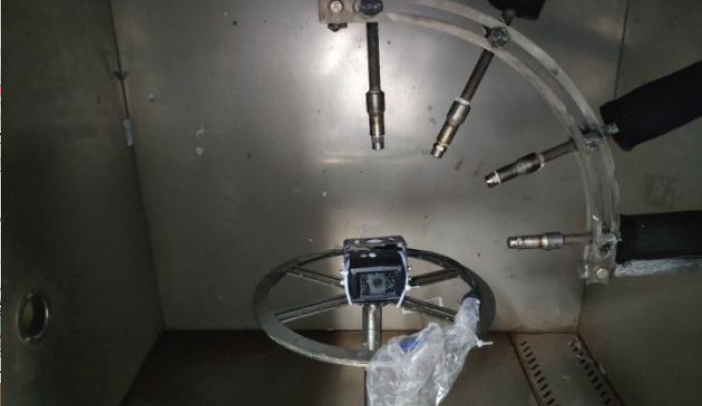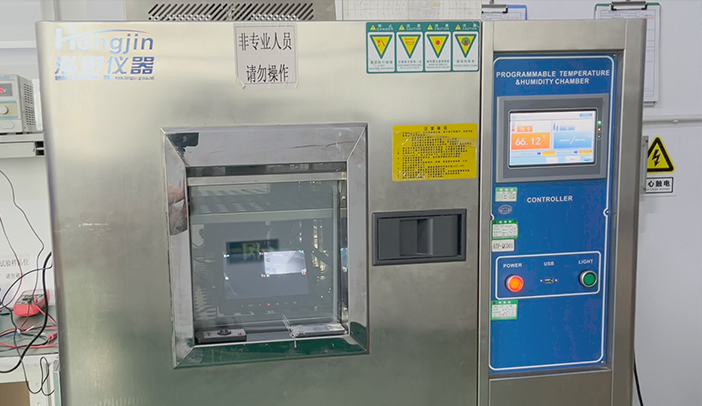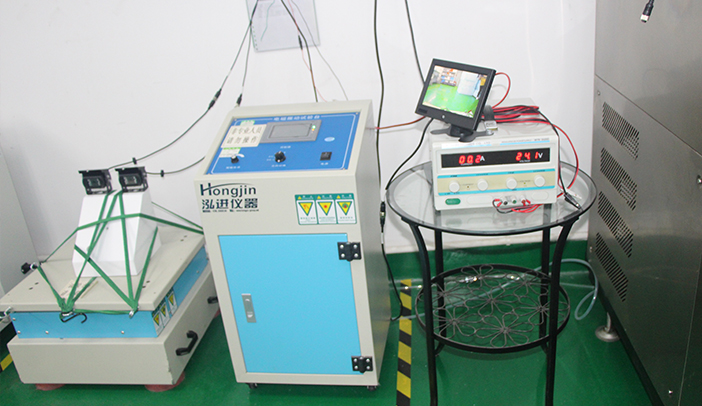Vehicle-mounted cameras play an integral role in modern transport systems and the automotive industry, providing drivers with critical visual information to enhance driving safety. However, as vehicles are exposed to a variety of extreme environmental conditions during operation, a series of specialised tests such as waterproofing, high and low temperatures and vibration are essential to ensure the reliability and performance of on-board cameras. The aim of this paper is to provide an in-depth analysis of why these environmental adaptation tests are required for on-board cameras and the key factors involved in the testing process.
As a core component of vehicle visualisation and safety systems, the performance of in-vehicle cameras is directly related to driver safety and driving experience. However, there are differences in the environments in which cameras can be used under different geographical and meteorological conditions, so they must undergo rigorous environmental adaptability testing.
1. Necessity of waterproof test
Vehicles may face a variety of weather conditions, including rain, snow and humidity, while on the road. The waterproof test evaluates the performance of the camera’s housing and sealing structure by simulating these conditions to ensure that it can still function properly in inclement weather. Moisture on electronic components is something that needs to be avoided, and waterproof testing becomes an important means of maintaining image quality and extending the life of the camera.
1.1 Test Process
The waterproof test consists of a quantitative water jet spray and an immersion test. Firstly, the on-board camera is sprayed with liquid by using quantitative water jet spray equipment to simulate rain washout. Next, the camera was immersed in water to simulate the extreme conditions that may be encountered in adverse weather conditions. The pressure of the liquid spray, the duration of immersion, and the state of the camera are recorded during the test to assess its waterproof performance.
2. Importance of High and Low Temperature Testing
Vehicles operate in a variety of climates, from extremely cold winters to scorching summers. High-temperature testing ensures that the camera is not overheated in high-temperature environments, while low-temperature testing verifies that it still functions properly in cold conditions. These tests ensure that the camera delivers reliable images in all climates by simulating operating conditions at different temperatures.
2.1 Test Process
High temperature tests are conducted in a constant temperature chamber, gradually increasing the temperature to a set value. The camera’s operating status, image quality and performance of electronic components at different temperatures are recorded. Similarly, the low temperature test is conducted in a constant temperature box, gradually lowering the temperature and recording the corresponding data to verify the stability of the camera in a cold environment.
3. Criticality of Vibration Test
Vehicles are subject to vibration and shock when travelling, and the camera must be able to work stably to provide clear images. The vibration test verifies the adaptability of the electronic components and mechanical structure inside the camera to vibration by simulating the vibration of the vehicle under different road conditions. This helps prevent vibration-induced failures and ensures that the camera is stable and reliable during driving.
3.1 Test Process
Vibration testing involves mounting the camera on a vibration table and vibrating it at different frequencies and amplitudes. The vibration response of the camera, the stability of the mechanical structure and the operating status of the electronic components are recorded. The camera’s resistance to vibration and shock is assessed by simulating the vibration of the vehicle in motion.
Through an in-depth analysis of waterproofing, high temperature and low temperature and vibration testing of in-vehicle cameras, this paper highlights the need for these tests. These tests not only follow the requirements of standards and specifications, but also aim to ensure that the on-board camera can work stably and reliably under various extreme conditions to provide accurate visual information to the driver, thus enhancing the overall safety and performance of the vehicle. In the future, with the continuous development of automotive technology, environmental adaptability testing of on-board cameras will become an indispensable part of ensuring vehicle safety and intelligent driving.






